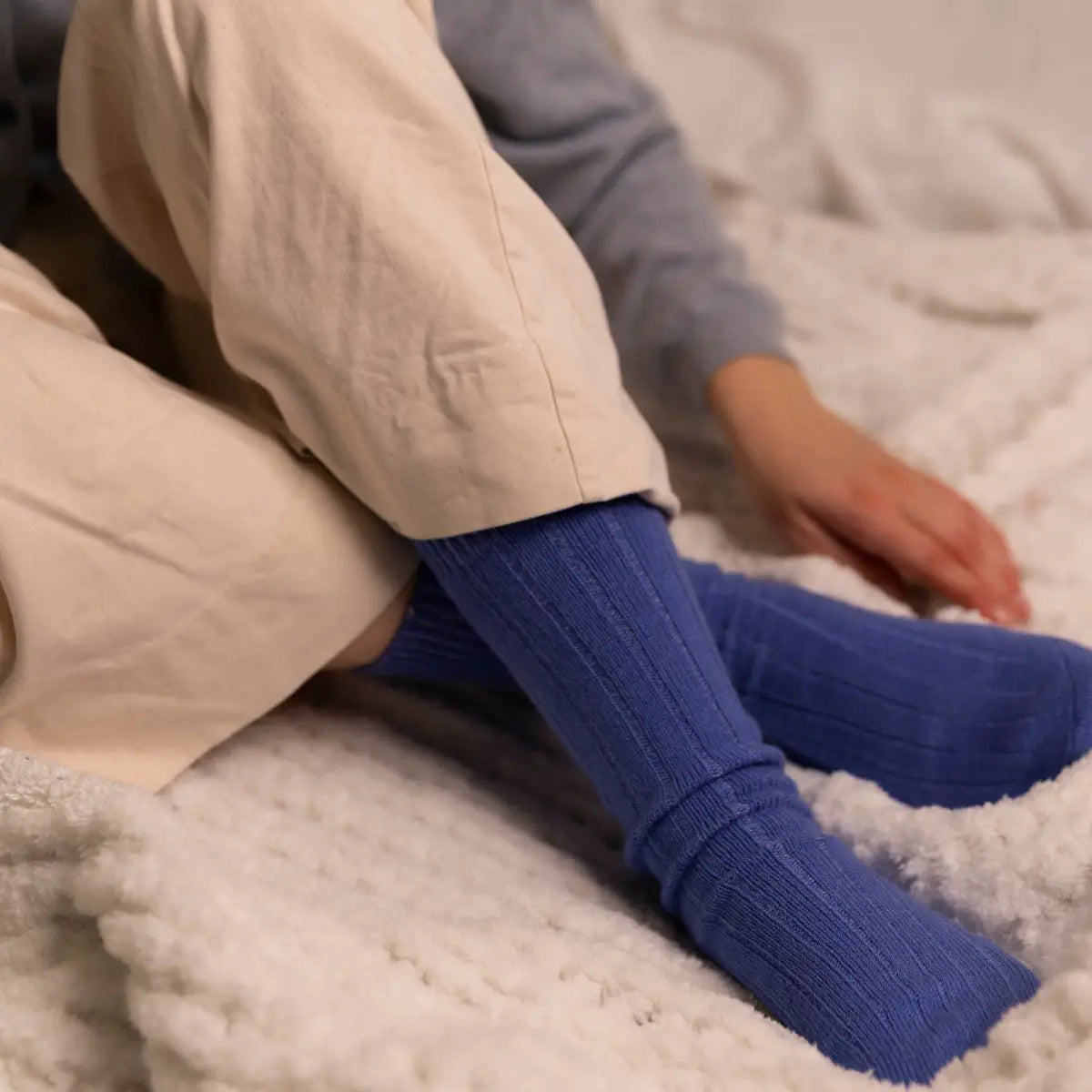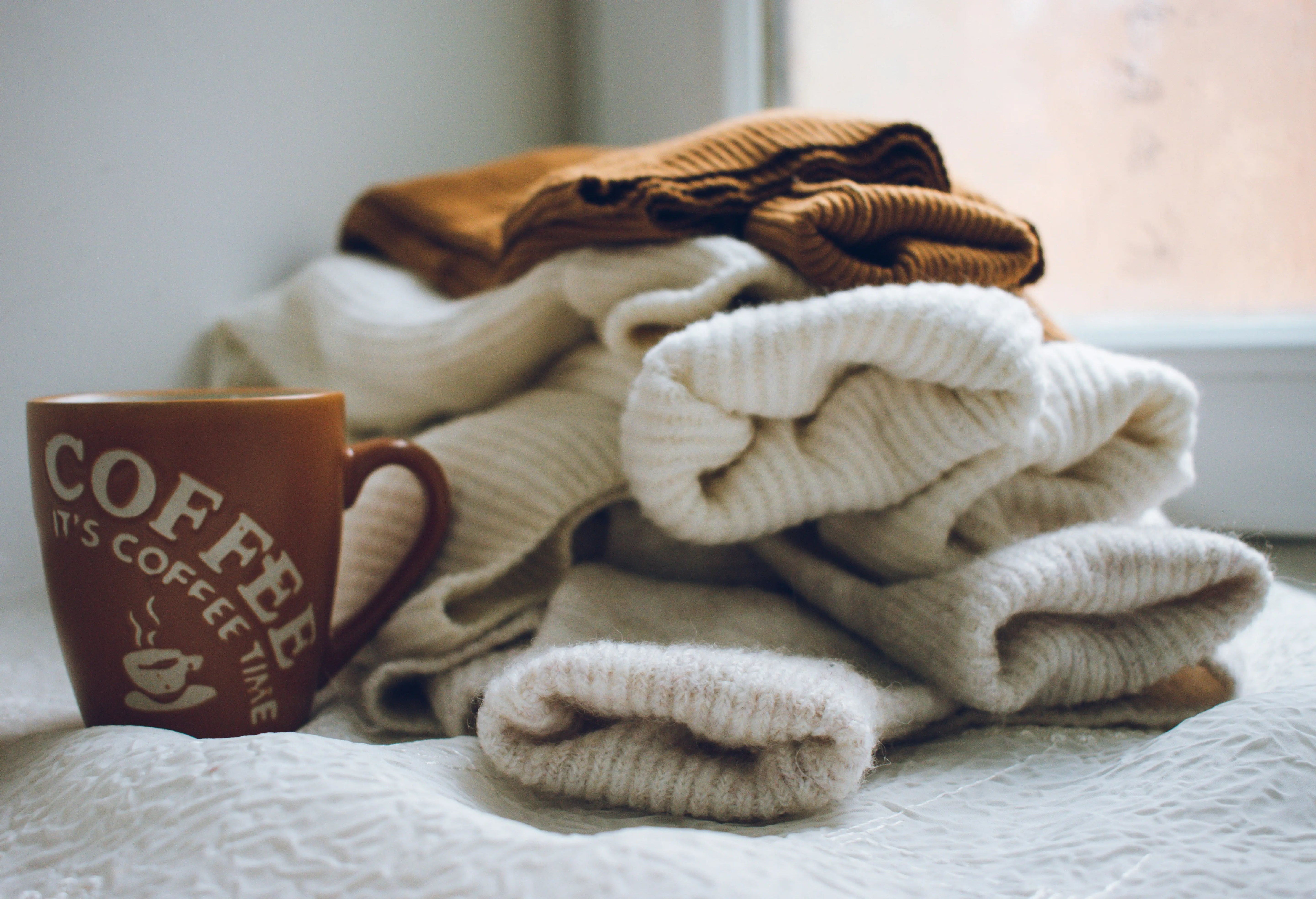
Das Argument für wohlüberlegte Farben: Warum weniger beim Sockendesign mehr sein kann | Bunte Socken
Argumente für wohlüberlegte Farben: Warum beim Sockendesign weniger mehr sein kann
In einer Welt, in der Sockenschubladen zu einem Kaleidoskop aus Mustern und Farbtönen geworden sind, geht die Diskussion um bunte Socken weit über die bloße Funktionalität hinaus. Während leuchtende Socken sicherlich ihren Platz in modernen Kleiderschränken haben, wächst die Wertschätzung für einen differenzierteren Umgang mit Farben – einen, der Vielseitigkeit, Qualität und durchdachtes Design über die reine Optik stellt.
Die Evolution des Sockenausdrucks
Bunte Socken haben sich unbestreitbar von versteckten Notwendigkeiten zu modischen Statements entwickelt. Gehen Sie durch jedes Geschäftsviertel und Sie werden Rautenmuster, Streifen und auffällige Muster unter maßgeschneiderten Hosen hervorblitzen sehen. Dieser Wandel steht für mehr als nur Mode – es geht um persönlichen Ausdruck in Bereichen, die traditionell Konformität verlangten.
Doch wie bei jedem Trend, der sich durchsetzt, schwingt das Pendel natürlich wieder in Richtung Raffinesse. Die Frage ist nicht, ob wir bunte Socken tragen sollen, sondern vielmehr: Welche Rolle sollten Farben bei unserer täglichen Garderobenauswahl spielen?
Der schwedische Ansatz zur Farbe
In Schweden, wo AMO & Oak seine Designinspirationen findet, wird Farbe bewusst eingesetzt. Die schwedische Designphilosophie lehnt Farbe nicht ab – sie weigert sich lediglich, sie zwecklos einzusetzen. Dieser Ansatz erstreckt sich über Möbel und Architektur hinaus auf Alltagsgegenstände, einschließlich unserer Fußbekleidung.
Denken Sie an das Konzept von „Lagom“ – das schwedische Prinzip der ausgewogenen Mäßigung. Auf Socken übertragen könnte dies bedeuten, Farben zu wählen, die verstärken, anstatt zu dominieren, ergänzen, anstatt zu konkurrieren. Das ist der Unterschied zwischen Socken, die schreien, und Socken, die sprechen.
Das Material ist wichtiger als der Farbton
Bei der Bewertung bunter Socken dreht es sich oft nur um die Ästhetik. Die Grundlage jeder hochwertigen Socke – unabhängig von der Farbe – liegt jedoch in ihren Materialien. Hochwertige Naturfasern wie Alpaka, Kaschmir und Angora bieten durch ihre Textur und Qualität eine natürliche Schönheit, die über kräftige Farben hinausgeht.
Diese Materialien bringen ihre eigenen subtilen Variationen in Ton und Textur mit sich. Die natürlichen Farbtöne der Alpakawolle, die weiche Tiefe von Kaschmir, der zarte Glanz von Angora – jedes Material bietet optische Reize, ohne auf synthetische Farbstoffe oder auffällige Muster angewiesen zu sein.
Das Vielseitigkeitsparadoxon
Ironischerweise erweisen sich die buntesten Socken oft als die unflexibelsten. Das leuchtend blaue Paar Socken mit Pizzastücken mag im Laden für Freude sorgen, aber wie oft bleiben sie tatsächlich in der Schublade? Gut durchdachte Socken in durchdachten Farben – vielleicht dunklem Anthrazit, zartem Heidekraut oder natürlichem Creme – lassen sich hingegen nahtlos in viele Outfits und Anlässe integrieren.
Es geht nicht darum, Persönlichkeit zugunsten von Eintönigkeit aufzugeben. Vielmehr geht es darum zu erkennen, dass wahres Stilbewusstsein oft in Zurückhaltung liegt. Wer sich für hochwertige Materialien und durchdachtes Design entscheidet, setzt ein ebenso starkes Statement wie jemand in Neonstreifen – vielleicht sogar noch stärker, weil er über das Offensichtliche hinausblicken muss.
Farbe als Akzent, nicht als Angriff
Wer Farbe in seiner Sockenkollektion schätzt, sollte sie eher als Akzent denn als Hauptelement einsetzen. Ein dezenter Mergel im Garn, ein bewusster Kontrast an Ferse und Spitze oder die natürlichen Variationen hochwertiger Fasern können für optische Reize sorgen, ohne die Gesamtästhetik zu überfordern.
So werten Socken ein Outfit auf, statt es zu kompromittieren. Ihre Kollegen bemerken Ihr gepflegtes Erscheinungsbild, nicht nur Ihre Socken. Ihr Komfort entsteht durch hochwertige Materialien, nicht nur durch verspielte Muster.
Die Anlageperspektive
Bunte Socken bestehen oft aus synthetischen Materialien, um ihre leuchtenden Farben zu erzielen und ihre Farbechtheit auch nach mehreren Wäschen zu bewahren. Obwohl sich die Technologie weiterentwickelt hat, gehen bei den auffälligsten Farben häufig Kompromisse bei Atmungsaktivität, Temperaturregulierung und Langlebigkeit einher – Eigenschaften, die Naturfasern von Natur aus bieten.
Betrachtet man Socken als Investition in den täglichen Komfort und nicht als Wegwerfmode, ändert sich die Rechnung. Ein Paar hochwertige Socken in einer bestimmten Farbe, das man jahrelang regelmäßig trägt, ist wertvoller als mehrere Paare trendiger Optionen, die schnell an Attraktivität oder Qualität verlieren.
Finden Sie Ihr Gleichgewicht
Die Wahl zwischen bunten Socken und dezenteren Varianten ist nicht binär. Es geht darum, den eigenen Lebensstil, die eigenen Werte und die eigenen Ansprüche an die Garderobe zu verstehen. Manchen bereitet eine Schublade voller bunter Socken täglich Freude. Andere wiederum sind zufrieden, weil sie wissen, dass jedes Paar perfekt zu ihrer sorgfältig zusammengestellten Garderobe passt.
Bei AMO & Oak haben wir unseren Weg gewählt: außergewöhnliche Materialien, schwedisch inspiriertes Design und Farben, die flüstern, anstatt zu schreien. Nicht, weil wir gegen Farbe sind, sondern weil wir glauben, dass das beste Design das ist, das seinen Zweck wunderbar erfüllt, ohne ständige Aufmerksamkeit zu erfordern.
Der raffinierteste Ansatz für bunte Socken besteht vielleicht darin, zu erkennen, wann die Farbe dem Träger dient und wann sie nur dem Trend folgt. In einer Welt endloser Möglichkeiten ist durchdachte Einfachheit manchmal die radikalste Wahl.


